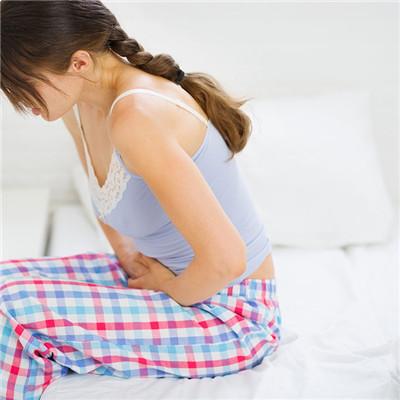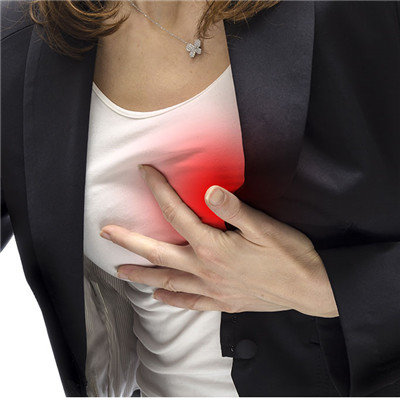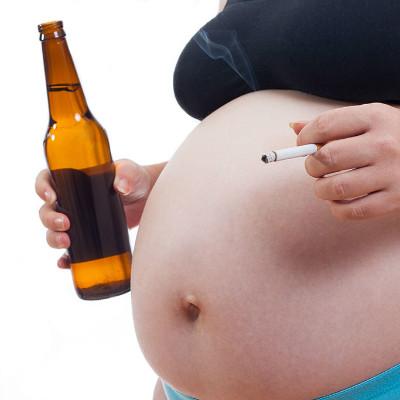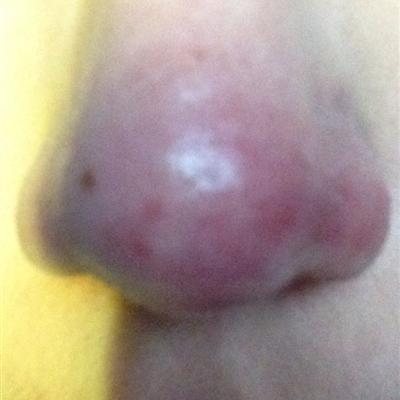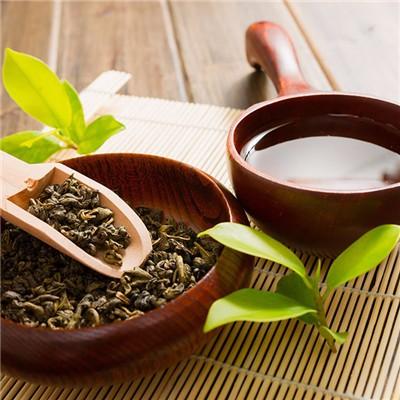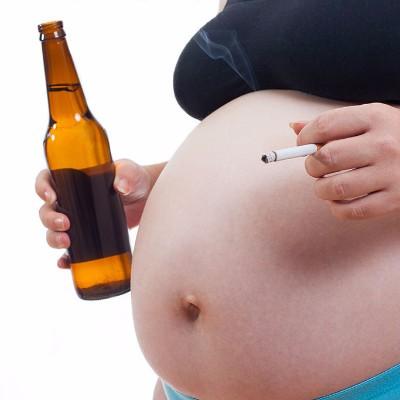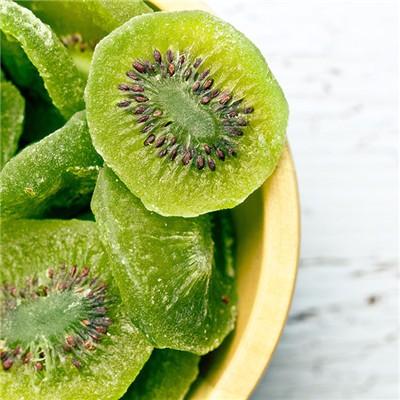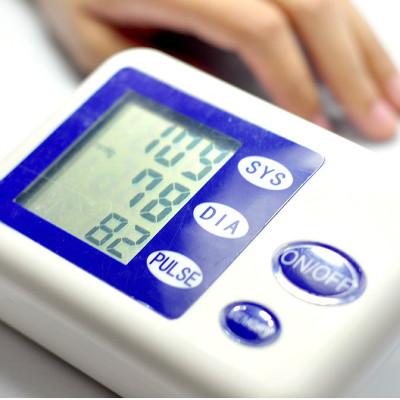How does Chinese medicine treat hyperosteogeny
summary
The phenomenon of bone hyperplasia occurs in many women in the society, so the treatment has become a more concerned topic. [hyperosteogeny] is a disease characterized by pathological hyperplasia of bone, which leads to dysfunction of local joints, muscles and ligaments, accompanied by pain. It can occur in cervical spine, lumbar spine, joints and calcaneus, including hypertrophic spondylitis, hypertrophic osteoarthritis and calcaneal spur. The disease occurs in the middle-aged and elderly people over 40 years old and the staff who are engaged in weight-bearing, long standing and sedentary work. The lesions of joints and spine with large range of activities are more common. How to treat hyperosteogeny in TCM.
How does Chinese medicine treat hyperosteogeny
First, hyperosteogeny belongs to the category of senile degenerative disease. There are many hypotheses about its etiology and pathogenesis, such as mechanical theory, functional theory, vascular disorder, metabolic disorder, endocrine disorder, etc. The basic understanding is that on the basis of internal causes, the disease is induced by external causes. At present, western medicine uses non hormonal anti-inflammatory and analgesic drugs, physical therapy and surgical treatment, which has a certain effect on relieving symptoms, but so far there is no special effective treatment.
Second, in traditional Chinese medicine, there is no disease name of "hyperosteogeny", which can be classified into the category of "bone arthralgia" from its pathology. In Huangdi Neijing, there is the name of "Gubi". It is pointed out that the main clinical symptom is "bone weight can not be lifted, bone marrow ache". The pathogenesis includes the internal causes and inducements of "kidney does not produce, marrow can not be full" and "cold Qi to". Later, there are related etiology and pathogenesis in zhongzang Jing, Jingyue Quanshu and Yiqiao.
Third: in the past, the treatment of modern Chinese medicine did not focus on "hyperosteogeny". In 1961, there was a report on the treatment of neck pain, which actually included cervical hypertrophy. It was not until 1973 that there was a special report on "hyperosteogeny": with the aging of the society, the hyperosteogeny of the middle-aged and old people has increased year by year, so the reports of treating this disease with traditional Chinese medicine have also increased, and there are related literature reviews.
matters needing attention
We should avoid the stimulation of damp, cold and other environmental factors, because these adverse environmental factors can induce inflammation of joints, muscles, nerves and other tissues, and also avoid overwork, because overwork will stimulate joints and surrounding tissues to re inflammation, leading to the recurrence of the disease, Avoid long-term bed rest as far as possible. For example, patients who work in a fixed position for a long time should pay attention to changing their posture during work break


